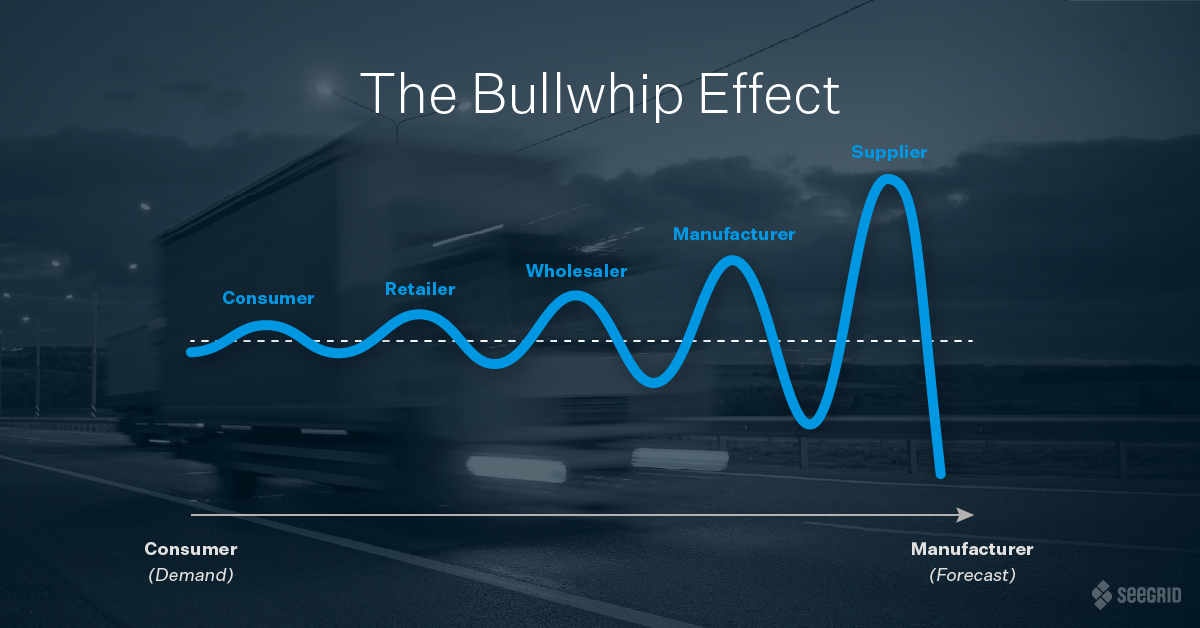The Fourth Industrial Revolution — also known as Industry 4.0 — is upon us. It was inspired by the same drivers as the First Industrial Revolution in the 18th century: reducing costs and boosting efficiency. Now, instead of looms and steam engines, Industry 4.0 is driven by four key technologies: artificial intelligence (AI), the Industrial Internet of Things (IIoT), big data analytics, and cloud computing.
Manufacturing, warehouse, and supply chain managers must embrace these new technologies to keep up with the competition. Here’s how leaders in the material handling space can use those drivers to propel their facility forward.
1. Artificial Intelligence
AI is a technology capable of human-like advanced thinking, including learning, reasoning, and perception. AI algorithms are the source for many everyday occurrences we rely on, like powering our tailored social media news feeds, keeping our robotic vacuums working as productive as possible, and reducing commute times with recommended routes in GPS navigation apps based on real-time obstructions and traffic. Artificial intelligence in the context of a manufacturing, warehousing, or distribution facility means that companies can automate tasks that are traditionally dangerous and expensive.
Material handling and manufacturing facilities are dynamic, busy environments, so industrial automation robotics solutions like autonomous mobile robots (AMRs) must be trainable, flexible, and have the perception to expertly navigate those environments and the potential hazards. Seegrid Palion AMRs can see a three-dimensional world just like humans. Through a proprietary, AI-based algorithm that fuses computer vision with best-in-class sensor data, Palion AMRs understand and learn, performing and reporting on tasks safely and productively.
2. Industrial Internet of Things
The Industrial Internet of Things (IIoT) is about leveraging the same kind of “smart” technology millions of us already use at home, like connected refrigerators and TVs, to make a facility and its components “smarter” and ultimately more efficient.
IoT technology helps industrial organizations be more efficient and reliable in their operations. IIoT is the intersection of information technology and operational technology. The more your warehouse technology “speaks” or connects to other technology, the better the whole operation runs.
Connected devices and interconnected autonomous systems enhance the supply chain. The shared real-time data across systems creates meaningful insights that can make supply chains leaner and the production process more efficient.
3. Big Data Analytics
Big data analytics are increasingly playing a more important role in helping identify areas for creating efficiencies. Supply chain management is no longer a guessing game or a “set it and forget it” approach when cold hard data backs your operational efficiency decisions.
When software, smart devices, and sensors throughout a facility capture data with every movement, managers get the full picture of their operations. What areas and processes could be made more efficient? Are there bottlenecks? Not only does data identify inefficiencies, but analyzing the data informs solutions.
AMR data analytics enable users to:
- Monitor the success of their automation projects
- Accelerate the facility’s adoption of AMRs and automated technologies
- Track fleet performance with up-to-the-minute delivery insights
- Streamline processes and reduce downtime
- Follow the fleet’s movement and calculate the overall distance traveled
- Scale with proven, data-driven success
Fleet Geek, Seegrid’s fleet analytics software, compiles incredible amounts of data that can then guide your data-based decisions. This platform offers visibility of data today and helps inform actions for continuous optimization into the future. Facility managers can maximize their automation investment and build a holistic view of their facility to optimize efficiency and safety for a strong ROI.
4. Cloud Computing
Different types of digital technology cooperating and communicating with each other is a key identifier of Industry 4.0. Cloud computing allows managers to keep tabs on all the smart technology in their facility and interconnect their output to make efficiency conclusions. More than half of supply chain and manufacturing leaders polled in the 2021 MHI Annual Industry Report have already hopped aboard the cloud trend. In fact, 57 percent of respondents confirm they already use cloud computing and storage in their facility, and 31 percent say they plan to adopt cloud technology within the next five years.
Fleet Geek is a cloud-based analytics solution, providing up-to-the-minute views of AMR fleet performance, enterprise-wide. The wireless connectivity allows managers to gain visibility into all of their facilities from anywhere to ensure their connected mobile robots are performing optimally.
The Future Is Here
Digital technology, AMRs, and smart devices are already being used to great effect throughout the material handling industry. According to the 2021 MHI Annual Industry Report, 53 percent of companies are increasing or substantially increasing their investment in robotics and automation to make their supply chains more resilient. Plus, in five years, 76 percent of companies expect to use robotics and automation. The future is officially here. Invest in the future today to secure your competitive advantage.
To learn more about the digitization of supply chains and how to get started, download Seegrid’s eBook, “5 Steps on Your Journey Toward Industry 4.0.”





